
15 minute read
HORSE RUGS
FEATURE
Hone your winter horse skills with our rug refresher course
Rugging in winter is always (pardon the pun) a hot topic, writes DANNII CUNNANE, with owners either for or against on this constantly debated subject.
The decision to rug may suit one owner, but not another, so it’s important to remember that this is not ‘one size fits all’ and circumstances and factors will dictate what is best for your horse.
With this in mind, we hope that we can shed some light on rugging pros and cons and help those struggling with the decision to make the choice that’s right for their horse.
The natural coat – an overview of how their winter woollies work
As we all know, horses have a natural coat that protects them from the elements.
As the daylight hours shorten, the horse begins to grow a longer coat. This coat change is triggered by the light that entering the horse’s endocrine systems, thereby governing hair growth. The short hairs of the summer coat fall out and longer hair grows in its place to help the horse stay warm throughout the colder weather. The longer coat was designed to keep the horse warm in extreme weather, and in some parts of Australia (as well as the world) this includes ice and snow. On a chilly winter day, it’s natural for your horse’s coat to seem a bit ‘puffier’ than normal – that’s the coat doing its job.
When the horse gets a chill, the hypothalamus, the primary control centre for thermoregulation located deep within the brain, triggers the contraction of the smooth muscle that attaches to the lowest point of each hair follicle. As a result, each hair straightens up and stands on end. This extra fluffy coat creates a large insulating pocket of air right next to the skin. The same reaction, called piloerection, is what causes goose bumps in humans. So why rug?
While it’s true that wild and free-living horses survive without rugs, they move a great deal more than their domestic counterparts and are able to find their own shelter from bad weather. Moving keeps a horse warm - standing does not produce energy and can therefore make a horse cold.
One of the main responses to the question of why rug is that horse owners want their horses to stay warm during the cooler months and a fast way of doing this is to use a rug.
The horse uses fuel (fat stores and feed) to keep itself warm. That warmth becomes trapped within the coat in a little air pocket between the skin and the tip of the hair.
If the horse is not rugged and does not have enough food to supply its heat energy, it may lose condition – also known as ‘dropping off’ as it has
to spend a lot of energy keeping itself warm. Owners may find that rugging takes some of that pressure off and the horse will stay warm without having to use its energy reserves.
Another reason an owner may choose to rug is if their horse is clipped. A clipped horses coat will not grow back until the next season and the horse will need to replace the coat insulation that it has lost. Without insulation it cannot keep warm.
A horse will burn energy to keep itself warm, but if there are no natural winter woollies to trap the heat, the heat will escape. Horses that require rugging
Very young and very old horses that have trouble maintaining body temperature.
Sick horses or those with a poor body condition, such as very underweight horses that need to put their energy into maintaining basic health, not keeping warm.
Horses that have recently relocated from warm to cold climates and may not have had a chance for their coat to adapt.
Any horse that your vet says is at risk of hypothermia (a dangerously low body temperature). A lightweight blanket will simply press the hair down and eliminate the coat’s ability to hold and heat air, without adding any warmth. When rugging for cool weather, either opt for a heavier blanket or, if your horse’s natural winter coat is thick, leave it without a blanket as long as it has adequate shelter.
Depending on the types of rug used, it may need to be removed during the day if the temperature will rise significantly. Some rug fills are warmer than others, and we have all felt how hot it can be to wear a jumper in the sun, so ensure that your horse can have the rug removed if required.
A: The Bucas Buzz Off Rain Zebra rug comes with a sun reflective colour that helps your horse stay cool. B: A summer cotton combo, with belly straps to help keep the rug in place, perfect to protect from midges and flies, and from light showers.
A
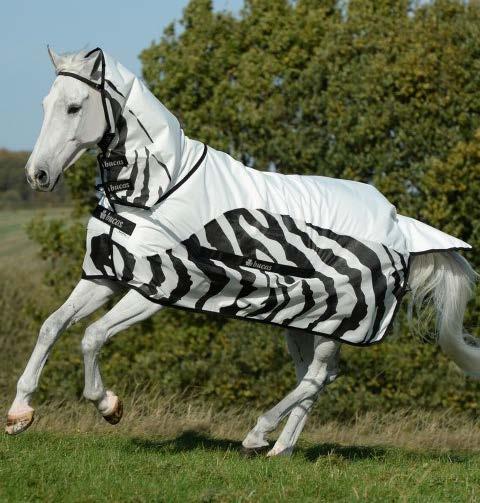
Note: A horse sweating under the rug can be detrimental to its health and not all owners have the luxury of living close. This is something important to consider when choosing to rug or keep the horse ‘natural’. In cooler states it is less of an issue, but in hotter climates a horse may need to be unrugged in the morning and rugged again in the late afternoon. Types of rugs
choose from, and it can get very confusing. Some have stuffing inside, known as fill, that provides heat insulation to help keep the horse warm. The most common winter rugs are below.
Combo vs neckless: The combo means that it’s a combination rug – it has an attached neck-piece and occasionally a cover that goes over the horse’s head to protect the face. A neckless rug does not offer a neck or face option and covers the chest, shoulders, barrel and rump of the horse.
Turnout rugs: A turnout rug will help protect your horse from harsh weather conditions such as the cold, rain, wind and snow keeping them warm and dry. These are often waterproofed and offer various levels of protection and warmth.
Stable rugs: Horses that are clipped and living indoors will benefit from a stable
Temperature Stabled/Clipped Stabled/Unclipped Turned out/Unclipped Turned out/Clipped
15°C + Zero fill
10-15°C Light weight (100g) or zero fill Nothing Nothing
Nothing or zero fill Nothing
5 -10°C Medium weight (250g) Light weight (150g) Nothing or light weight (100g)
Zero - 4°C Heavy weight (300g) Medium weight (200g)
-10 - zero°C Heavy weight (300400g) with neck cover Medium weight (200-300g) with liner Light or medium weight (150-300g) with neck cover Heavy weight (300-400g) with neck cover plus liner
Nothing or light/ medium weight (150-250g)
Below -10°C
Heavyweight (300-500g) with neck cover plus liner Medium or heavy weight (300-400g) with neck cover Heavy weight (300500g) plus neck cover Heavy weight (300500g) plus liner and/or under blanket and hood
Nothing
Nothing or light weight (100g) or zero fill if wet & windy
Light weight (150g) plus neck cover
Medium weight (200g) with neck cover
B

rug that will provide warmth to a horse that is unable to move around freely to generate their own body heat during colder months. Lightweight stable rugs can also be used to help keep horses clean that mainly live inside all year round. These are not usually waterproof.
Coolers and fleece rugs: Cooler rugs should be used after exercise when the horse’s body temperature has increased. Using a cooler rug will help regulate the horse’s temperature and prevent it from dropping too rapidly as it cools down. These are not waterproof.
Rain sheets: Also known as a rain cover these rugs are made of waterproof fabric and may be lined with a thin cotton-like lining. The purpose of the rain sheet is to keep the horse dry in wet weather. It’s very important to buy a rain sheet made of breathable fabric as the horse can sweat and then become cold or have bacteria grow which will cause rain scald or other infections.
When purchasing a horse rug you need to consider the following: • breed and condition of your horse • the weight of rug fill • fabric strength • style • size • environment.
Rugging for temperature
While there are some colder temperatures in Australia, we aren’t usually in the minus Celsius often. Our friends at EQUUS England have provided the following temperature guide. Please note that it is only a guide and an owner should make an informed judgement for their own horses needs.
Rugging for health
Rain Scald: Some owners will require their horses to be rugged due to health issues such as rain scald and Queensland itch.
Rain scald, also known as dermatophilosis or streptothricosis, or in plain old Australian, rain rot, is a common skin disease in horses
C
C: A turnout rug designed for harsh conditions. These rugs will also help older horses in cooler climates to conserve energy. D: A mesh combo, plus headpiece – these rugs are made of a fine mesh, which protects from insects but stops horses getting too hot. They can also help prevent an itchy horse from scratching, particularly around the head and ears.
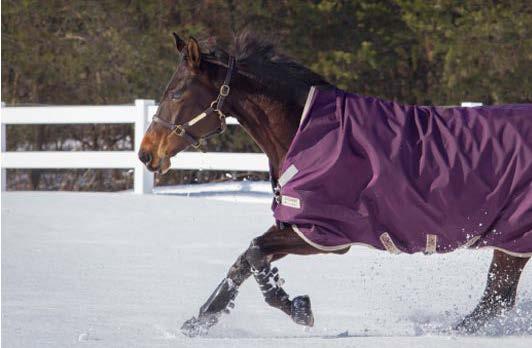
caused by a bacteria, which is the same organism that causes mud fever in horses. Once in the skin, the bacteria causes inflammation of the skin as well as the typical symptoms associated with rain scald.
There are two different manifestations of rain scald - the winter form, which is more severe due to the longer coat of the horse, and the summer form, which is less severe. Horses are usually affected on the back, head, and neck, where insects commonly bite, and the legs, which are commonly infected if the horse is kept in moist paddocks. Initially, the horse will display a matted coat and bumps that will then progress to crusty scabs and lesions. The horse may also be itchy and display signs of discomfort.
The right horse rugs can protect your horse from developing rain scald in many different ways. Insect bites are a persistent source of skin damage in horses, which can make them more vulnerable to infections. Horse rugs, particularly fly mesh rugs, can help prevent insect bites and indirectly protect your horse from additional infections in the process.
Since insects carry the bacteria that causes rain scald, horse rugs can stop your horse from even coming in contact with the bacteria in the first place. Fly mesh rugs also don’t retain moisture very well, and rain scald bacteria does not thrive under dry conditions, so horse rugs can be instrumental in both preventing and addressing rain scald.
Using a waterproof synthetic rainsheet combo rug in heavy rain will also help keep the horse dry and rain scald free. If your horse has already had a case of rain scald, rugging them when it rains is even more important.
Queensland itch is caused by the hypersensitivity to the bites of sand flies (midges) of the species culicoides. While the bite of the midge is an irritation, some horses develop sensitivity to the bite and will rub themselves so much that they cause injury to their skin.

The cause is actually an allergic reaction to chemicals in the saliva of the midge. When this reaction occurs, specific chemicals are released in the skin. These chemicals cause an irritation, which in turn causes the horse to scratch and rub.
It occurs in varying degrees of severity in horses of various breeds, and there appears to be a genetic link. The culicoides midges feed primarily at dusk and dawn and tend to feed on the horse at specific sites, particularly around the head, tailhead, withers, and base of the mane; however other areas, including the chest, back and rump can also be affected.
The midges like to breed on wetland, and around rivers, lakes and standing water, so susceptible horses kept close to these conditions are more likely to be affected. In Australia, whilst it’s called Queensland itch, it can be found anywhere north of Sydney, along the coast up to tropical far north Queensland. Over the dividing range, in the drier climate, it disappears. While Queensland itch usually shows itself in the summer months, midges can be present during winter months in certain states. If your horse has a susceptibility to midges, rugging them to avoid bites will assist with the prevention of a flare up.
D
Rug technology
There are a few rugs that have been designed for owners who cannot change rugs regularly. One such is the Bucas Power Turnout rug, which is high-tech, provides perfect comfort for the horse, has antibacterial properties and gives protection from the elements at both lower and higher temperatures than other rug brands. This rug caters for horses in -25 degree to 13 degree celsius, so having to add extra rugs in cold weather and removing rugs when the temperature rises is no longer required. While this rug is a higher price than the standard brands, it offers peace of mind to those who want to rug, but cannot make the commitment to frequently change rugs as the weather dictates. If you research this kind of rug, there are also several others on the market, with different products that ensure the horse doesn’t get too hot and makes rugging life easier.
Rugging tips
A rug should be removed regularly to make sure it is not rubbing, letting in water, making sure the horse hasn’t lost weight or gained too much weight etc. If you unrug hour horse and notice any of these issues, steps should be taken to rectify them.
Rugs also prevent horses from rolling and mutual grooming, which naturally exfoliates their skin. A rugged horse must be groomed thoroughly and frequently to get rid of the build-up of dead skin, dirt and hair.
“Excuse me, but why on earth are you wearing this red thing? I’ll take it off for you!”
What if you don’t want to rug?
If an owner does not want to rug their horse and they have a full coat, there are still some things to be considered.
The horse must have access to shelter, such as a three-sided structure or windbreak formed by a wall or line of thick trees. This will keep the horse warm and protected from the elements should they need to seek shelter. Adequate forage, such as grass or hay should be provided to help the horse maintain heat. If hay is not available, then a substitute should be provided. Rain, sleet and snow can reduce the natural insulating properties of the horse’s coat. Keep an eye on the horse during these conditions because if their insulation is interfered with the horse can become cold, and that can cause mild to severe health problems. Watch out for signs of a cold in your horse, any excess mucus from the nostrils is a warning sign, particularly if it thickens or is not clear. A bacterial infection in the lungs is difficult and expensive to treat in a horse, and can even be fatal.
What choice is the correct one?
In the end it’s up to each horse owner to make an educated decision about what is best for their horse. Changeable temperatures and conditions need to be kept in mind combined with breed, weight, climate, work-load, and the quality of the horse’s natural coat. If unsure, we recommend that the owner consult someone with genuine horse knowledge and knowledge of local weather in your area.
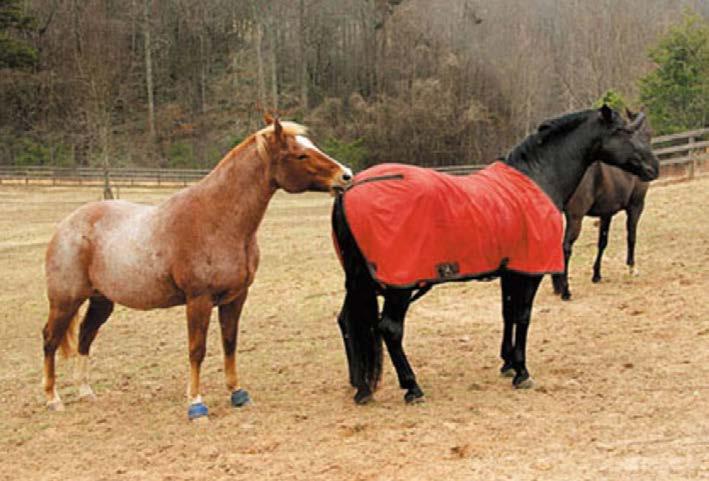

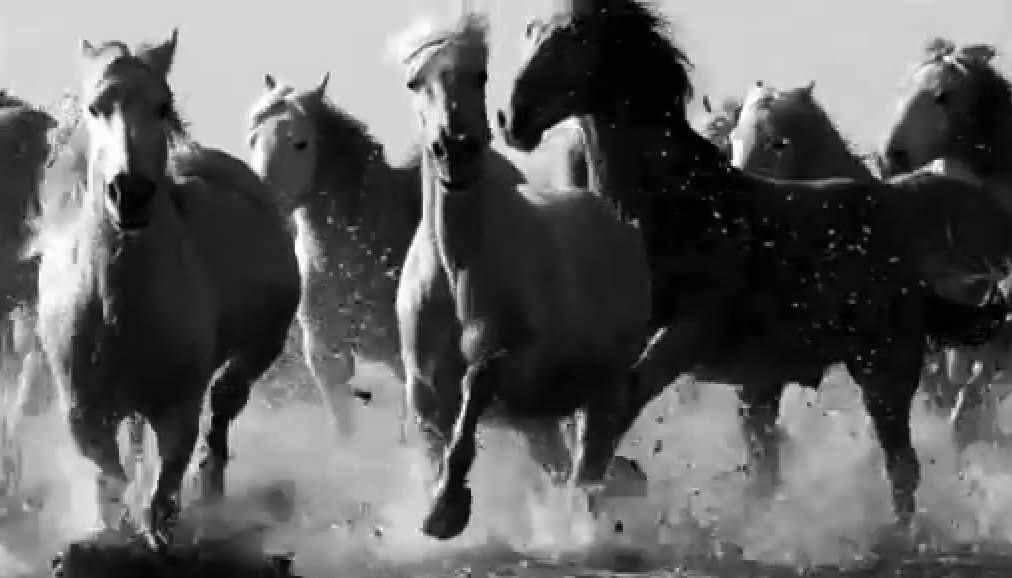
Bates Innova 17.5” $1,700
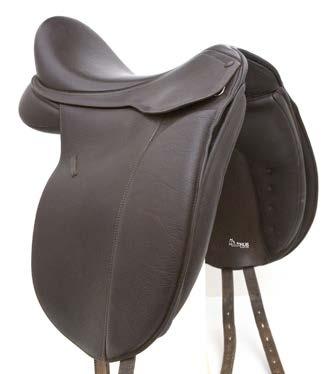
Bates Show+ 17” $2,500


Bates Caprilli 17” $1,250 $1,100
For more information visit:
equestrianhub.com.au

Look what I’ve done! How to avoid a bad rug day
Step 1
Start your measurement from the exact middle of the horse’s chest directly under the middle of the neck. Starting at this point, pass your measuring tape across to your horse’s shoulder, then around the shoulder and all the way along past your horse’s belly/side of your horse, finishing at the end of the horse’s rump. Imagine your horse is standing with its backside firmly up against a wall and your measuring tape should reach to the wall. This is the end point of your measurement
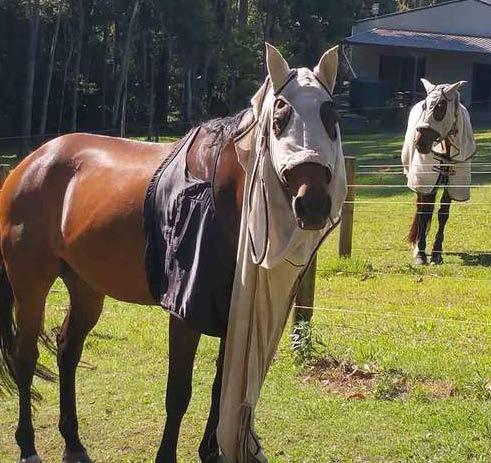
Step 2
After you’ve finished your measurement, you will know your horse’s measurement. If you are in doubt, always go a size larger rather than smaller, particularly if there is going to be another rug underneath, or your horse is a wider shape, or is between sizes. Step 3
When you are fitting your selected rug/ blanket on your horse, ensure the straps are secured correctly and, for safety reasons, secure them in the following order. (When removing your rug/blanket follow the reverse order)
Height chart approximate example
Height of horse Rug size
12- 13 hands
5’0” Secure the chest straps at the front of the rug/blanket
Secure the belly straps, ensuring they are not too tight. It is important that you can comfortably place a clenched fist between the straps and the belly
Secure the leg straps loosely around the horse’s legs, passing the second secured strap through the first secured strap. It is important that the straps do not hang over or below the horse’s hock when secured and that the black elastic strap with the clip is secured directly to the rug. Make sure your horse’s back legs have enough room to stretch out without the back leg strap becoming tight. Rugs that are too loose are in danger of slipping, rugs that are too tight can impede movement and cause muscle soreness.
13 – 14 hands
14 – 14.2 hands
14.2 - 15 hands
15 – 15.2 hands
15.2 – 16 hands
16 – 16.2 hands
16.2 – 17 hands
5’3”
5’6”
5’9”
6’0”
6’3”
6’6”
6’9”










